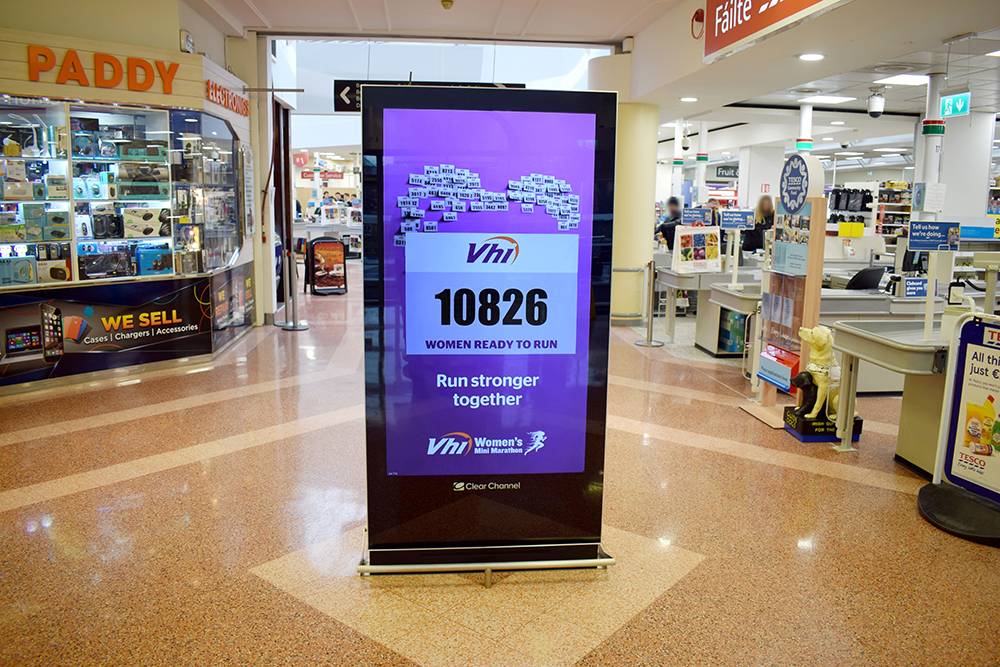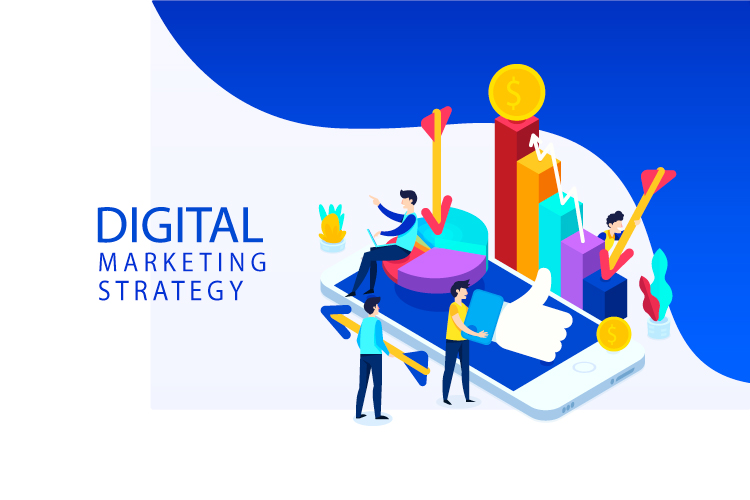Video marketing is the in thing when it comes to new age advertising strategies. Video marketing is proving to be effective in its marketing duties courtesy of the interactive clips that possess the ‘it’ factor needed to grab the viewer’s attention. This strategy allows you to use short video clips either on their own or amid other videos in video sharing sites such as YouTube. With 70% of marketing firms using videos in marketing, the concept is one to watch out for.
Just like any other advertising mode, there are some aspects in video marketing that you can tweak so as to get the best results.
How you can effectively execute a video marketing campaign:
1. Focus On The Content:
For an effective video marketing campaign, the content is the major driving force. When focusing on the content, ensure it meets the wants of the target audience for it to become more relevant. If you get right on the content, the story behind the video campaign gets a steady foundation and is able to steer itself perfectly.
Also, make sure you do not overdo the content to avoid making it appear stuffy or boring. Boring content leads to the viewers losing interest easily which can be a major blow to your marketing. Stuffy content, on the other hand, dilutes the main message which you want to communicate to your audience.
3. Know Where To Fish For Your Audience:
Your marketing video’s audience is another key factor that you cannot overlook. Without an audience, your video marketing campaign is simply useless with almost nil traffic conversion rates. As such, you need to know where your target audience lurks and how to effectively get to them.
One hub where you can get a decent viewership number is on the various social media platforms such as Facebook, YouTube, and Instagram among others. On the platforms, you can post your videos and take note of the number of views and take advantage of the one that has a high number of viewers. However, do not ignore the other platforms even if they register low viewership as it can do some justice to your overall traffic.
Knowing where to get your audience also provides a shadow of their wants and needs, factors which you can integrate into your videos for a hiked viewership.
3. Get A Good Script To Go With Video:
A good script is a channel through which your video’s content gets perceived easily by your intended viewers. This means that you need to get a good script as a guide for your content. For the script, make it simple and easy to comprehend more so if it is an educative piece.
When crafting the video’s script, ensure that the first few seconds are really captivating so as to hook the viewer till the end. A boring start will definitely result in a skip hence your message fails to get to your audience. Add some humor to it if possible to make the video less boring.
4. Keep The Videos Short:
Another trick for an effective video marketing campaign is to create shorter videos. Apart from being relatively affordable and easy to create, they also grab the viewer’s attention to the end. Many viewers seem to get discouraged when they see a video is too long and they may certainly avoid it. A short video has them in the notion that it won’t take much of their time hence they go with it till its completion. Always keep in mind that the purpose of the video is to get the attention of the viewer.
5. Get Creative With Your Video:
When talking of creativity, the focal point is the use of the available freedom to put in various features to make the video unique. Uniqueness sells and in this situation you cannot get disappointed. You can use animation style videos which are gaining much mainstream acceptance and also they do have a larger audience reach. Animated videos also give you a chance to mash up colors and have a blend of voice-over acts to make the video distinct. For instance, you can use a text to speech software to convert your written text into human sounding voices in different languages across the world. With the help of this tool, you can connect with a wider audience globally.
Also to give your videos some character and identity, a watermark or logo might do some justice for you.
6. Get To Know Your Competitors:
For any marketing strategy to have the distinction of being successful, it needs to either be on the same level or better than the competitors. This requires you to know what strategies your competition is using to stay on top of the game and come up with a nice plan. Make sure that the strategy you plan to use is not like your competitors for the uniqueness of your brand and to also avoid lawsuits which may arise contesting the similarity.
7. Constantly Update Your Feed:
To keep your audience hooked and benefit from a loyal following, you need to constantly update your video feed. At reasonable intervals, upload your photos to satisfy your viewer’s needs for more content. Ensure each content is more interesting for them to keep close in case you drop another gem.
Consistency is one area where many content creators hit a miss and you do not want to fall in that hole as it spells doom for your brand. If you cannot manage to be consistent, you can partner up with a consistent brand which provides your brand with some airtime which may come at a fee.
Bottom-Line:
When executing an effective video marketing campaign, your audience matters the most. Every process from getting the content to getting the right script to accompany the video needs to be viewer-oriented. This helps maintain a large following as well as attract another decent number of viewers who relate to your content.
Additionally, when making the video get your creativity game on point to come out with unique content that stands out from the pack. Uniqueness is a point of attraction hence you are sure to get your numbers off the roof if you know your way through. Also, ensure that the video is short and straight to the pint to grab the attention of your audience. A nice video editing tool may help you a ton in making your videos distinct.
Video marketing campaigns need consistency to be effective hence keep on bringing more video content to uplift your brand.
Read Also:

























